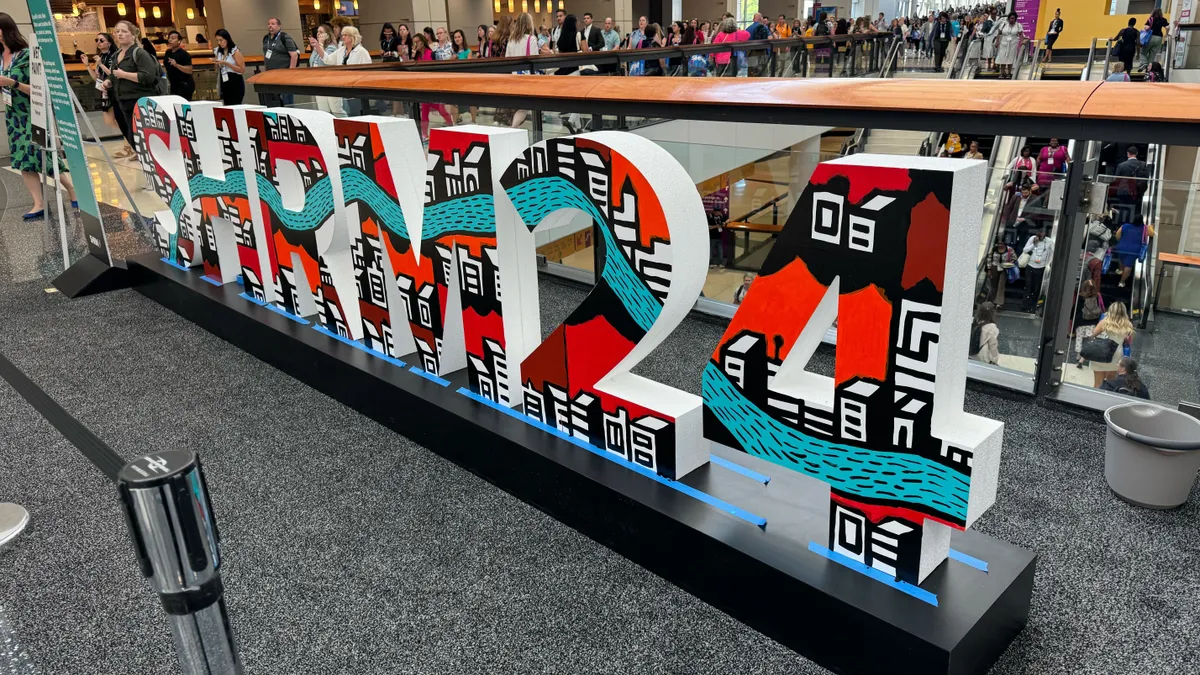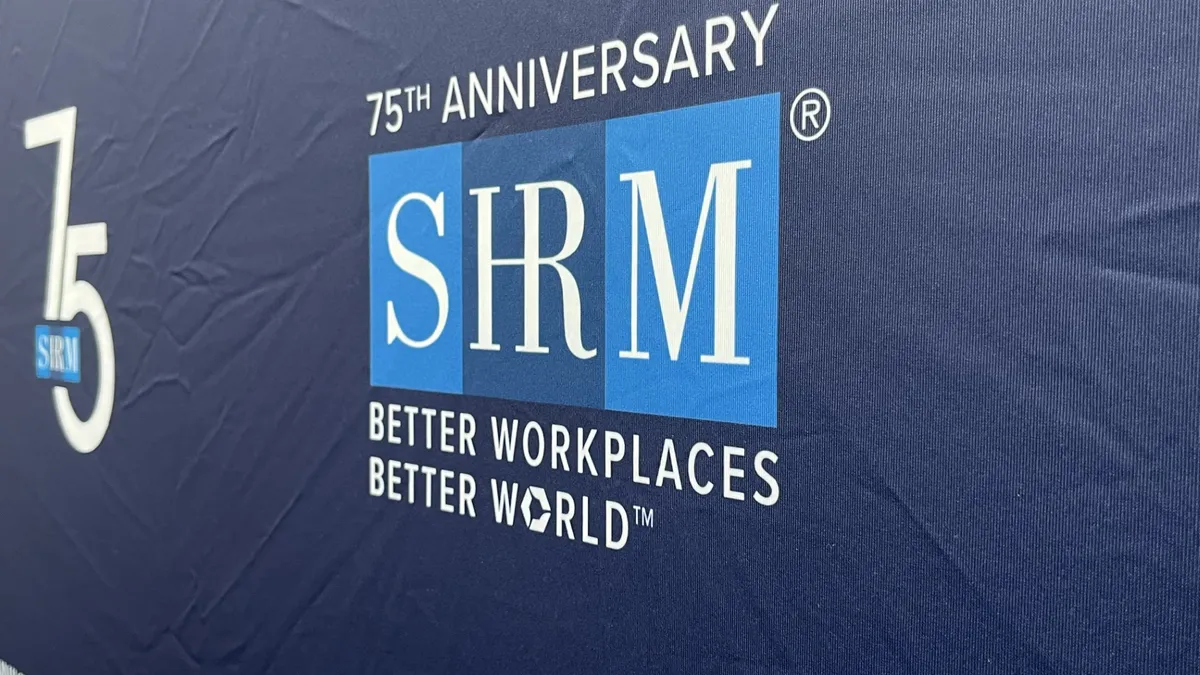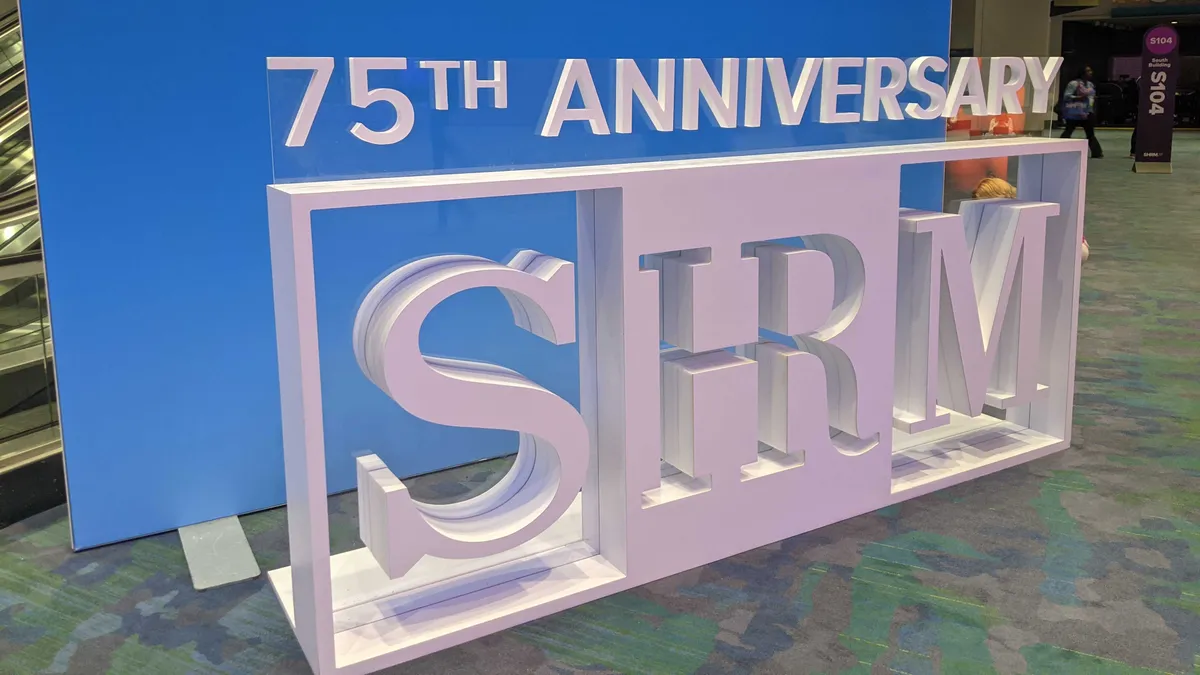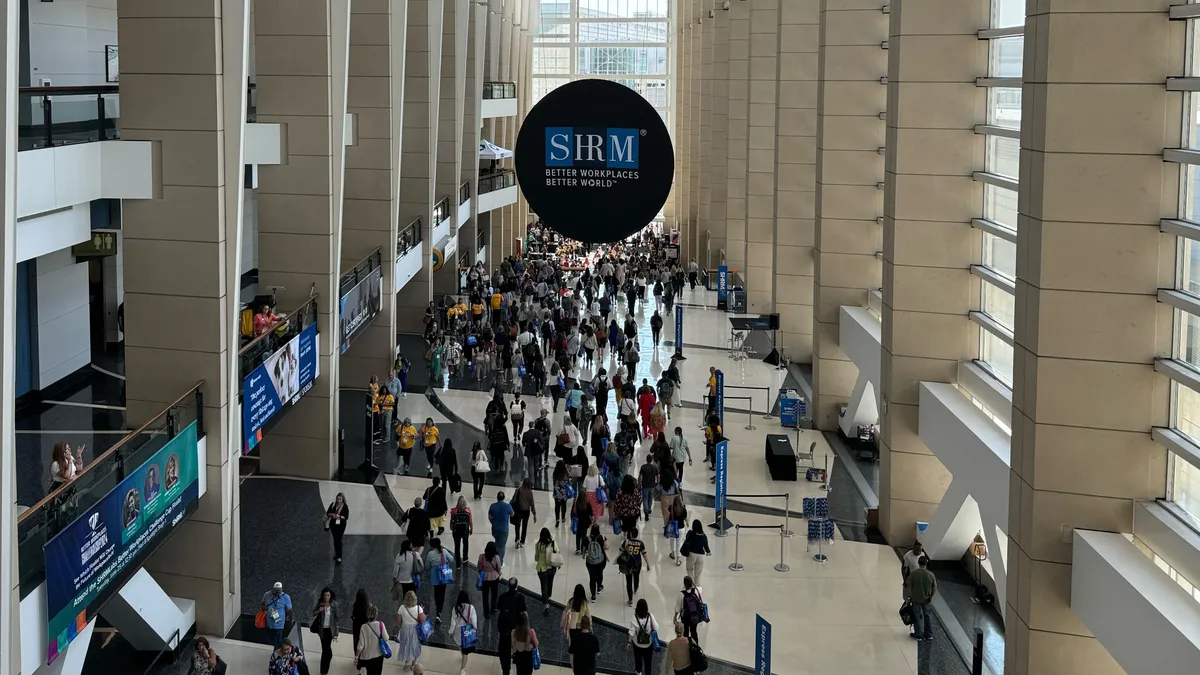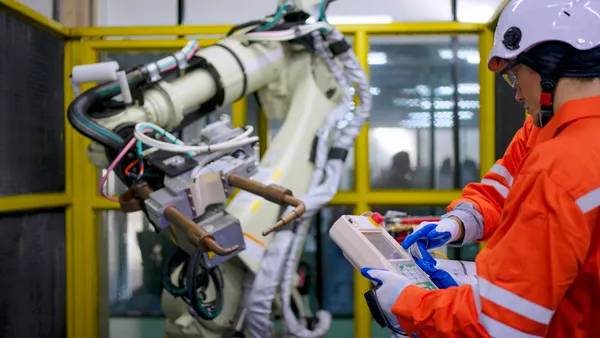CHICAGO — Tim Sackett relies on one question to build a hiring process, especially for high volume hires: Where is the pain?
Sackett, CEO of hrutech.com, senior faculty of the Josh Bersin Academy and “recovering HR executive” (as well as a popular HR speaker and author), on Monday guided HR professionals at the Society for Human Resource Management 2024 Annual Conference through a step-by-step process of how to build a high-volume hiring machine — and what often gets in the way.
Hiring is hard and it has been for a while, Sackett said. But his tips on process design and measurement can help organizations streamline and build a path out of the mire.
Identify design failures
The first real question is: Is the organization ready for change?
Who is struggling with hiring at the organization? If senior executives are involved or the talent acquisition team is struggling, it may be time for a change, Sackett said. IT managers or front-line managers are also often canaries in the coal mine regarding hiring woes, he added.
After seeking out the organizational pain points, consider what may be blocking any potential change. Is it the IT department and a concern around tech usage? Or is it an issue with cost, and thus, the CFO team? Identify who may be resistant to change before implementing it.
Sackett listed some common design failures:
- When a hiring process is HR first, not candidate first. Candidates, especially for high-volume job fills, are unlikely to be applying at a desk on a browser. A vast majority of candidates will click off a job posting if they have to sign in to a site or create an account somewhere, for example, Sackett said.
- When the process can’t be measured. Where are candidates coming from and where are they going from the intake site?
- When the hiring platform is overly customized to fit an internal process and impedes external access.
- When the hiring process allows for workarounds. Workarounds can spread like wildfire through an organization as managers “innovate” on the provided process — which then prompts other hiring managers to ask for their own workarounds.
The current hiring process at many companies is heavily based on “a very traditional HR way of thinking,” Sackett said. Employers had too many candidates for too few jobs and built their processes around “scaring candidates away.” That no longer flies, he said.
“Candidates want to date you a little bit,” Sackett said — when instead companies leap into asking for social security numbers, criminal history and drug use information. “Stop asking candidates to marry you in the first three minutes they meet you.”
Rethink time-to-hire
The larger the hiring volume, the more dependent on good metrics a TA organization will become, Sackett said. Many use time-to-hire as a measurement of success — but Sackett doesn’t see it that way.
“Time-to-fill is not a success metric. It is a health metric,” he said. “You can correlate time-to-fill to great recruiting,” he continued, but it does not make great recruiting.
Filling positions faster can help tremendously from a revenue standpoint, but quick fills can still bring about tough turnover or bad hires, he said.
Other measures of success include:
- Recruiting capacity. Talent acquisition leaders need to speak with executives about the reality of their company’s capacity for hiring before they make any promises; without these kinds of conversations, TA leaders get fired, he said. They need to be willing to say to executives: “That’s not going to happen the way we are set up.”
- Quality of applicant. One way to measure this is by watching how many people hiring managers actually interview out of the slew a recruiter sends their way. Hiring managers may have the bad habit of continually asking for more options. But recruiters should instead make a habit of only sending along people that hiring managers absolutely should interview (and emphasizing that point and that trust), understanding that not all of those interviews will be successful.
- Source of hire and the cost of the source of hire. Where is the money going? And how many people are getting hired from that?
Many organizations want to talk about quality of hire — but that can be difficult to measure for a talent acquisition team, as the true measure of that quality often relies on teams outside the TA sphere, like the performance manager. “We don’t have a standard industry benchmark for this,” Sackett noted.
Recruiting is a tough gig, he acknowledged, and there are few easy answers. But looking at the hiring process like a broken machine can help build in ease in the right places — and sometimes that might be all a TA team needs to find success.










